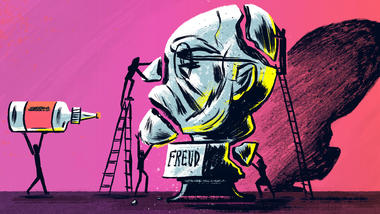
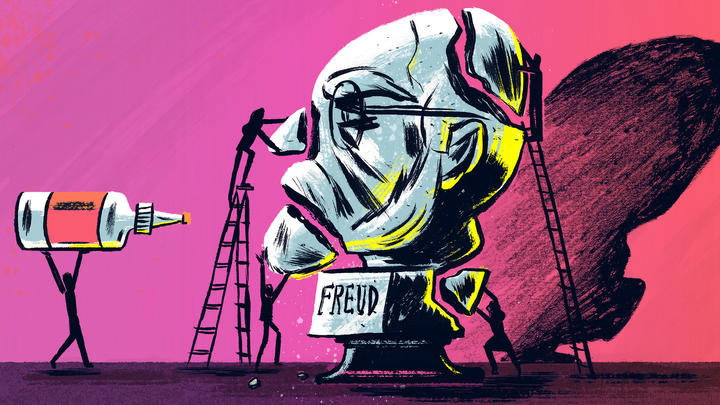
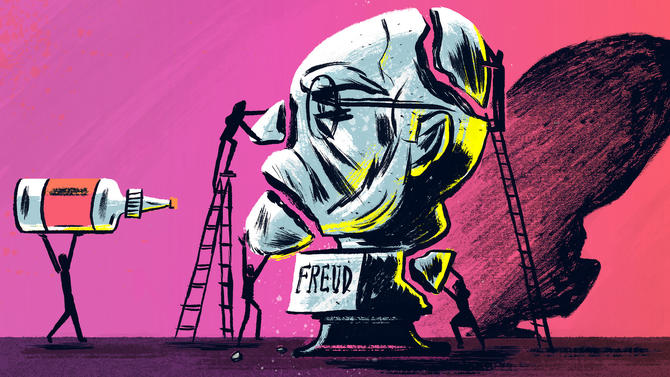
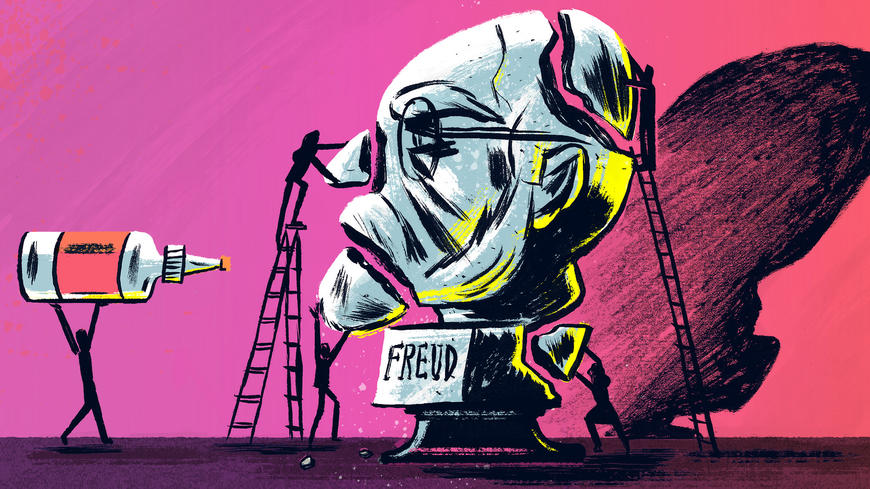
It is known that the main regulator of human behavior is his unconsciousness. Sigmund Freud discovered that human consciousness is not the only structure, which is responsible for his actions. There is also another hidden layer, which represents people’s unconscious interests and desires. As a physician, Freud was confronted with the fact that these unconscious feelings and motives can seriously afflict the life of the person and even cause the emergence of neuropsychiatric diseases. He looked for the means, which could release his patients from conflicts between their acts and consciousness. These attempts were called Freud’s psychoanalysis. Since the appearance of this type of psychological treatment, the scientists continued to develop the theories of Freud. The article of Johan Eriksson “Freud’s psychoanalysis: a moral cure” is the further study of the methods, applied by Freud in his treatment. The article considers the notion of “morality” in its various representations and analyzes the way it influences human consciousness and behavior. The aim of this work is to make a summary of Eriksson’s article and describe its main provisions.
The purpose of the article of Eriksson was to consider the effectiveness of Freud’s psychoanalysis. In order to achieve it, he describes the ways how moral or psychological suffering affects human behavior and the reasons for their emergence. In the article, Eriksson states that according to Freud, the human being is a moral subject, who is able to bear moral responsibility for his actions and consequently feel regret or suffering. Freedom is the only state, in which the person does not experience any negative emotions. Thus, a human usually suffers from the absence of freedom, suppressing his true unconscious desires. These hidden desires are beyond people’s control. They exist in the deep layer of their mind and the person can be even unaware of the fact that he lives a life, which does not satisfy him. However, he constantly feels discomfort and contradictions in his life. Freud expressed that psychic and moral suffering is the same thing. These sufferings are mostly revealed through the hysterical reactions of the patients. Freud describes them in the following terms: inner conflicts, shame, guilt, anguish, escape and so forth. The author decided to do the research in order to analyze the main Freud’s theories about the influence of morality on the quality of human’s life. For example, his theory about the genealogy of morals states that the trouble in the contradiction of human’s real and internal desires bear the oedipal character of psychosexual development of the child. Under the fear of losing love and affection of his parents, the child begins to live according to social rules and standards, which significantly suppress his internal desires. These processes form the nuclear of the child’s psychological formation, which Freud calls “super-ego”. However, this explanation does not reveal the nature of human’s psychological problems. Thus, Freud refers to the description of moral naturalism. It states that human moral motivation depends on their internal desires, which are not covered under the fear of punishment or social judgment.
Attached file: Freud’s psychoanalysis: a Moral Cure.docx
Click download to get access to a full version of the paper
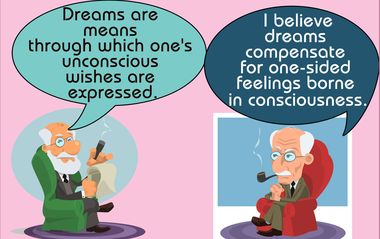
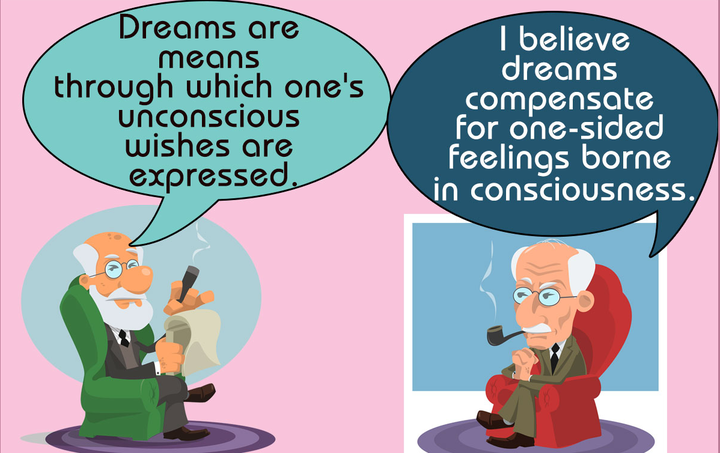
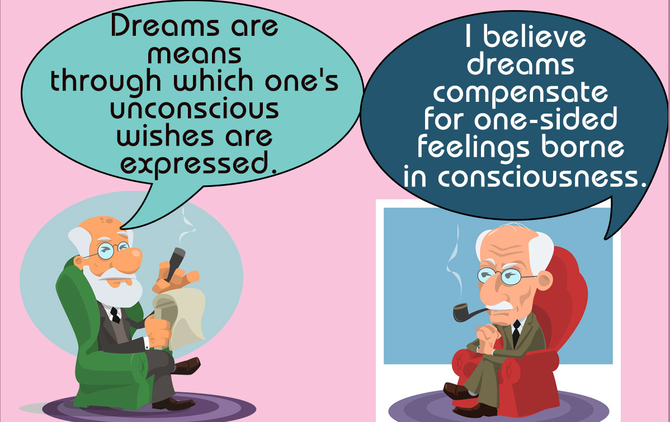
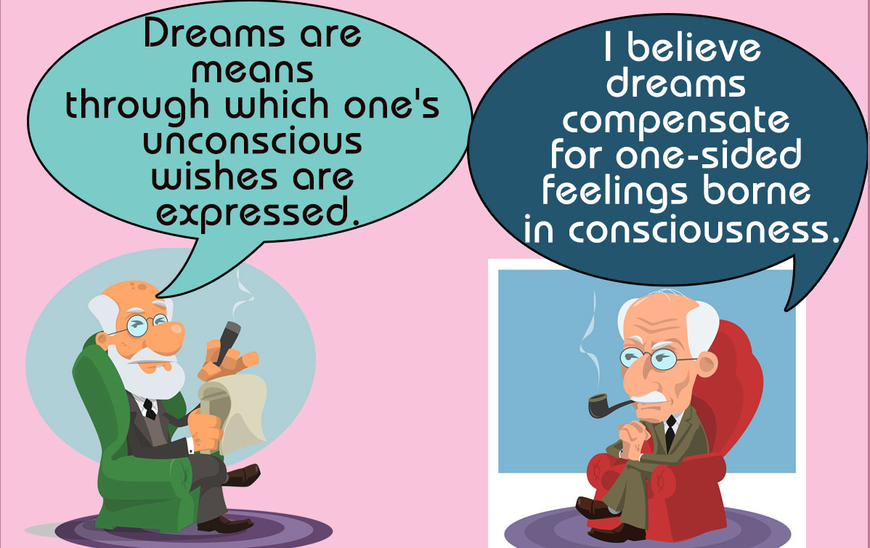
The author conducted the research by means of the separate analysis of the notion of “morality” and “freedom”, considering them in terms of Freud’s theories and identifying the reasons of human suffering in terms of their ambitions and subconscious desires. The author conducted the experiments, based on the experience of Sigmund Freud and the opinions of other experts of psychoanalysis. Considering morality, the author highlights its connection with the notion of ethics. These two contents are closely interconnected, as both of them describe human values. According to Aristotle, ethics belongs to the identification of certain customs and traditions, accepted by society. The cultivation of ethical and moral behavior is hold by the society, in particular, the person’s nearest circle (parents, teachers and other role models). According to John McDowell, such social pressure causes the formation of “a second nature”. However, it is important to understand that this phenomenon is not just the habit, acquired from the surrounding environment. Second nature is the formation of a personality through the set of social concepts. On this basis, the person builds his life in accordance with the things, which are important for him, thus taking into consideration the values of the surrounding society.
The notion of freedom is identified in the article as something more than all biological, psychological and social mechanisms and structures. It means that external actions and reasons can be subjected to individual judgment. In this case, the author brings the content of “death” as an example. In this part of the article he finds out and makes conclusions that the moral suffering of the person is not the cause of the contradiction between him and society, but the fight with oneself. An individual solves the moral issues, which are connected with his second nature (patterns), answering such questions as “How should I act in such a situation?”, “Who am I?” and so forth. Psychology, by its nature, can be considered in two ways: the science, which studies the actions of our everyday life and the academic field, which analysis the human psyche, revealed through various studies and researches. The article concentrates on the second approach. It analyzes the irrational actions of humans, their internal aggression, madness, and other deviations. The author brings the example, when a woman, who has a husband and two young children suddenly, quits her job, leaves her family and moves to Spain. In terms of morality, society would find it inappropriate. However, Freud’s psychoanalysis represents it as the dominance of a person’s ego on his second nature. In other words, this is the person’s struggle for freedom, which is stronger than social standards. Thus, this case belongs to a rear behavioral breakthrough, which is not usually met. In his turn, Freud describes idiosyncratic and unconscious creativity, which is also called “the defense mechanism”. Its aim states in fending off the forbidden desires and impulses, creating alternative ways of satisfaction in order to maintain a person’s energetic equilibrium. The issue of the nature of moral suffering is relevant to human life, as it explains the basic problems of his internal contradictions. Freud discovered that the psychic mechanisms do not bear the character of moral actions. It is clear that every action has its reason and directed to the achievement of a particular purpose. Thus, the same action can be considered differently, depending on the level of morality, which is an individual peculiarity.
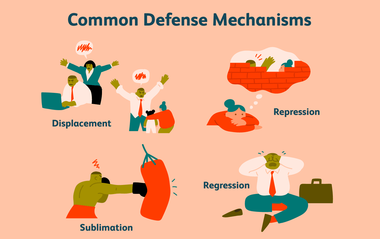
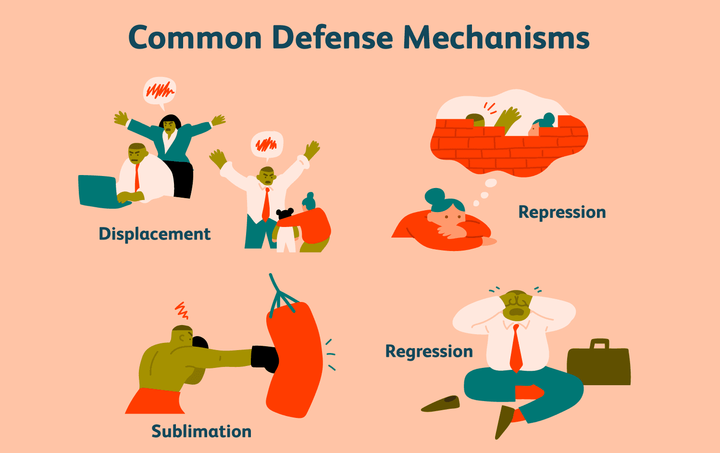
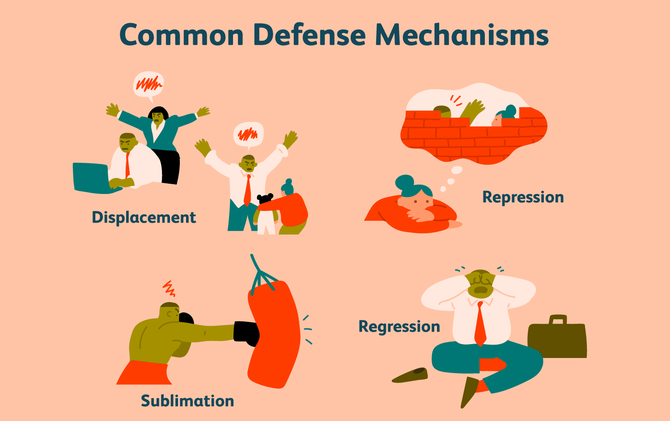
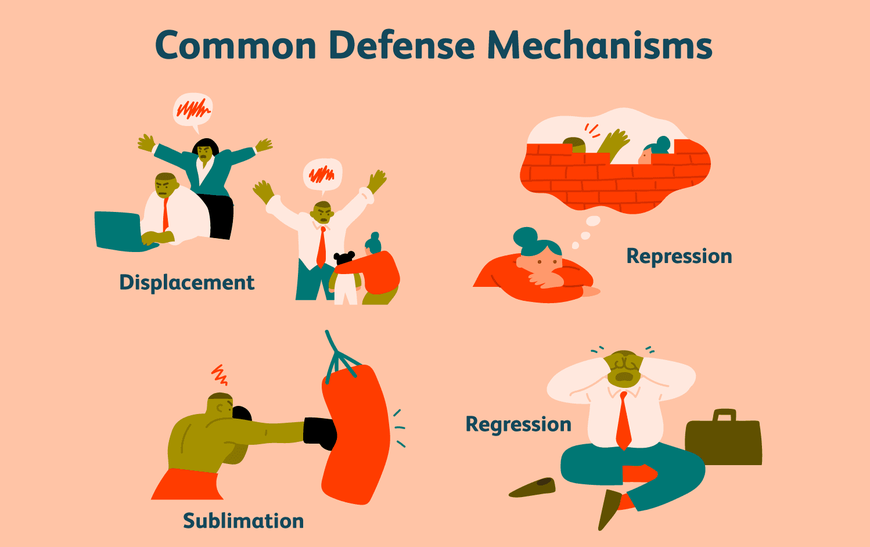
Concluding this article, it is important to state that moral values, motives, and reasons are identified by the nature of the human character. Freud, in his analysis, represents the psycho and moral suffering as identical processes. They help the person to express his individuality and reflect his nature. Thus, Freud’s theories cannot be defined as a treatment, but as the experience, obtained from psycho analytical experiments. The article gives a rational understanding of the notions of consciousness and morality, providing the reader with the general picture of the structure of Freud’s analysis and study.